Drink-drive deaths have fallen by 14% year-on-year, with an estimated 260 fatalities on the country’s roads.
The new figures, published by the Department for Transport (DfT), also reveal that 1,860 people killed or seriously injured, a decline of 3% from 2022.
While there are different patterns in the numbers of drink-drive fatalities and total casualties in recent years, the percentage of reported road casualties that were drink-drive related, whether fatalities, serious or slight injuries, has increased over the past 10 decade.
In terms of drug-driving, figures from the DfT suggest an estimated 124 people were killed in 2023, up from 90 people in 2022.
Jack Cousens, head of roads policy for the AA, said: “Deaths due to driving whilst under the influence of drink or drugs are at worrying levels.
“While drink-driving fatalities fell by 14% between 2022 and 2023, drug driving deaths rose by 38% during the same period. This is truly shocking, and more needs to be done to stop people getting behind the wheel while impaired.
“More education, roadside testing and enforcement are key to get the message across that driving under the influence won't be tolerated.”
In 1979, 26% of road deaths occurred in collisions where at least one driver or rider was over the drink-drive limit. This had fallen to 15% by 1989.
Since then, the percentage of road deaths that are drink-drive related has varied between 12% and 18%. In 2023, the proportion was 16%.
Fatalities in reported drink-drive collisions, as a percentage of fatalities in all collisions
Source: DfT
The central estimate of the number of drink-drive casualties of all severities in 2023 is around 6,310, a decline of 6% from about 6,730 in 2022. The number of drink-drive casualties of all severities has steadily decreased over the last 10 years.
It is estimated that around 5% of all casualties in reported road collisions in 2023 were involved in collisions in which at least one driver or rider was over the drink-drive limit.
In 1979, 9% of road casualties occurred in collisions in which at least one driver or rider was over the drink-drive limit.
This fell to 5% by 1992 and has mainly varied around 5% since then, which suggests that the reductions in drink-drive collisions over the past decade reflect overall reductions in road casualties.
In 1979, around 8% of reported road collisions were drink-drive related. This fell to about 5% by 1990 and has generally been around 5% since then.
It is important to note that the number of overall road traffic collisions has fallen 59% from 1979 to 2023. However, drink-drive collisions have fallen further and are down 77% since 1979. It is therefore likely that some drink-drive initiatives have been effective in reducing the number of drink-drive collisions, says the DfT.
IAM RoadSmart director of policy and standards, Nicholas Lyes, said: “Drink driving can have devastating consequences.
“While the latest drink-drive related fatality figures have declined compared to the previous year, the trend over the past decade is troubling and shows that we are stuck in a dangerous rut.
“We must redouble our efforts on enforcement, providing the police with the necessary tools to clamp down on drink drivers while reviewing our approach to both first time and repeat offenders.”
The RAC labelled the latest figures “disturbing”. RAC road safety spokesperson Rod Dennis said that they show the “twin evils” of driving under the influence of drink and drugs are behind a “frightening number” of lives lost on the UK’s roads every year.
“It's simply unacceptable that an estimated 260 people a year lose their lives as a result of drink-drivers,” he added.
“It remains the case that the proportion of road deaths where drink-driving was a cause is at a similar level to the late 1980s. Drugs, too, are playing an increasing role in fatalities and are now behind a record number of fatal collisions.
“A new approach to tackling these repugnant crimes is desperately needed. We hope this will be a key part of the Government’s forthcoming road safety strategy.”
RAC research shows drivers are supportive of courts being given the powers to mandate the fitting of alcohol interlocks (‘alcolocks’) to offenders’ vehicles to prevent them driving drunk again.
“This has the potential to reduce drink-drive casualties, especially among habitual offenders,” continued Dennis.
“Since 2022 we have urged the Government to consider mandating all new vehicles have interfaces that allow alcolocks to be fitted easily.
“We are also supportive of police being given the powers to immediately disqualify any driver who fails a drink or drugs test at the roadside.”
According to analysis by AlcoSense of the new data, the South East accounted for a fifth of all drink drive casualties in Great Britain, with the North-East recording the fewest (2%).
June was the worst month for drink-related injuries on the roads, with 650 casualties recorded, while more than four fifths (81%) of casualties were caused by male drivers.
Just 37% of motorists involved in a collision were breathalysed, compared with 51% a decade previously.
“More drivers need to be tested by police after an accident,” said Hunter Abbott, of personal breathalyser firm AlcoSense and a member of the Parliamentary Advisory Council for Transport Safety (PACTS). “Every year, one in six motorists fails the test or refuses to provide a sample.”
Quarter of adults believe it is ok to drive after drinking
Direct Line conducted a nationwide study to assess public understanding of the legal drink drive limits across England, Wales, Northern Ireland, and Scotland, as well as attitudes and behaviours around drink driving.
Additional fieldwork in Glasgow, Northampton, and Cardiff involved breathalyser testing on individuals who had consumed between one and six alcoholic drinks, to determine whether they could accurately judge if they were within the legal limits.
The findings showed that while (58%) of adults believe it is socially unacceptable to drive after drinking alcohol, even within the legal limits, many still underestimate the risk posed.
Alarmingly, one-in-four drivers, (25%) said they would still feel safe to drive - even after four or more drinks.
Among those who admit to driving after drinking, almost half (49%) claim to understand the legal drink driving limits and how they translate into measures of alcohol.
Meanwhile, a third (32%) say they know how their body reacts to alcohol and trust their own limits.
Yet when asked to identify the correct legal limits, eight out of ten people (82%) guessed incorrectly, or simply didn’t know.
The research study also revealed a quarter (25%) of UK adults wrongly think the legal drink driving limits are measured by the quantity of drinks consumed, allowing men to consume two standard (175ml) glasses of wine, and women to consume one.
A third of people (30%) believe that drinking soft drinks or water alongside alcohol, changes how the body metabolises alcohol and therefore helps to lessen the effect of alcohol on your body. Both are incorrect.
Many drivers are also relying on a set of common myths and beliefs to justify their actions.
One-in-five (22%) of those who have driven after drinking alcohol said they got behind the wheel because several hours had passed since their last alcoholic drink.
A quarter (26%) said they thought they would be fine to drive as they had switched to soft drinks, while 14% felt they were safe to drive after two or more drinks, because they had also eaten a meal alongside drinking.
Among the 97 people who took part in the breathalyser test, more than a quarter (27%) expected to still be under the legal limits, but when tested, two fifths (43%) measured on or above it.
None of the 97 participants could accurately articulate the current legal limits for drink driving, yet nearly four in 10 (39%) said they would rely on their own judgement and how they felt before deciding whether they were safe to drive or not.
The results highlight just how unreliable personal judgement is, as while nearly half (49%) of those tested who got a negative reading said that they did not feel safe to drive, a worrying 14% of people who did register above the legal limits, said they still felt safe to get behind the wheel.
The study reveals concerning disconnect between perception and reality when it comes to drink driving.
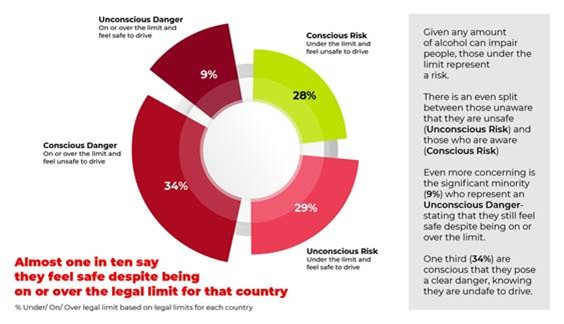
Source: Direct Line
A third of people (34%) who were over the legal limits felt unsafe to drive, while 28% who felt unsafe were under.
Most concerning, however, were the 9% of drivers who believed they were safe to drive, but were, in fact over the legal limits – highlighting the serious risk posed on relying on personal judgement alone.
Matt Pernet, head of Direct Line Motor Insurance, said: “It is encouraging that 58% of people view drink driving as socially unacceptable, but there are still too many drivers who believe they are safe to drive after drinking.
“Our research found that 82% of people cannot identify the legal limits, and nine per cent of drivers who were over still felt safe to drive.
“Relying on personal judgement, previous experiences, or myths, like drinking water or eating a meal will lessen the effects of alcohol, presents a significant risk to all drivers.
“Alcohol affects everyone differently and there is no reliable way to judge if you are legal to drive other than taking a breathalyser test. But even then, legal does not necessarily mean safe, as our experiment showed.
“As the latest data on drink driving is released this week by the Government, we urge people to rethink their choices. The safest option is simple; if you are drinking, then do not drive.”

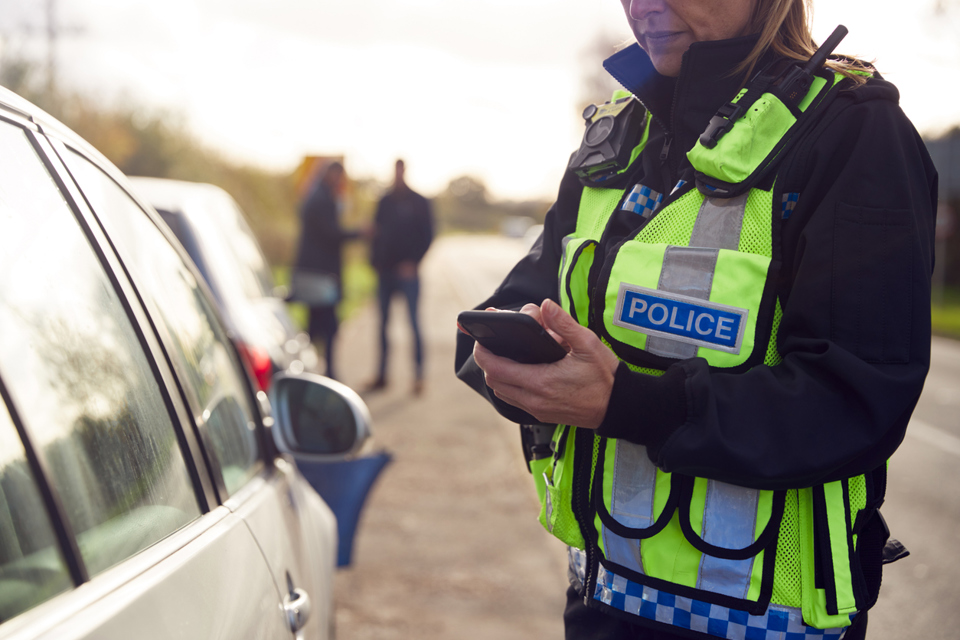





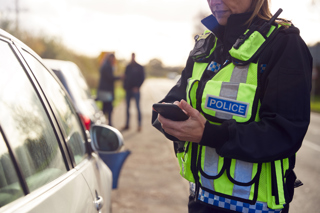
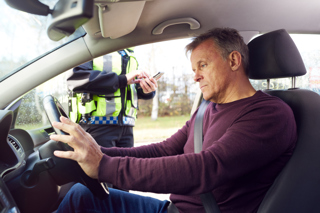
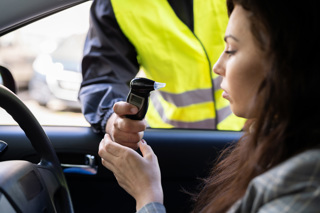












Login to comment
Comments
No comments have been made yet.